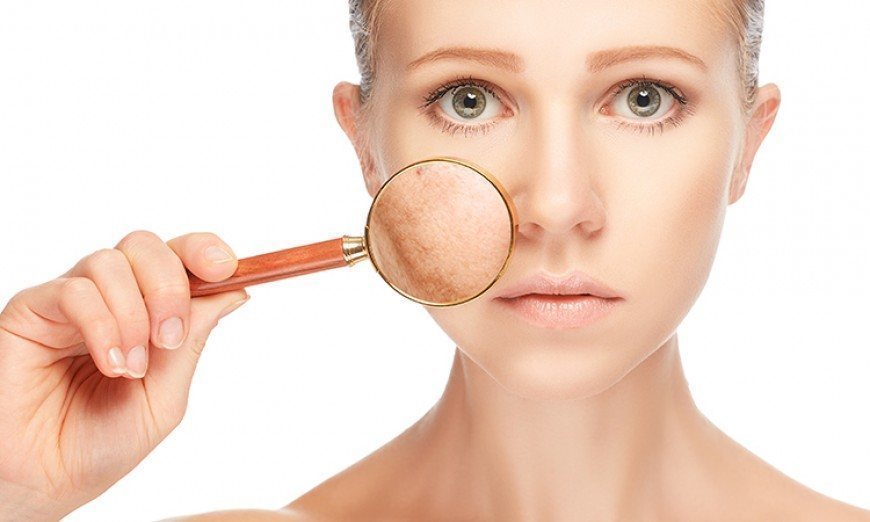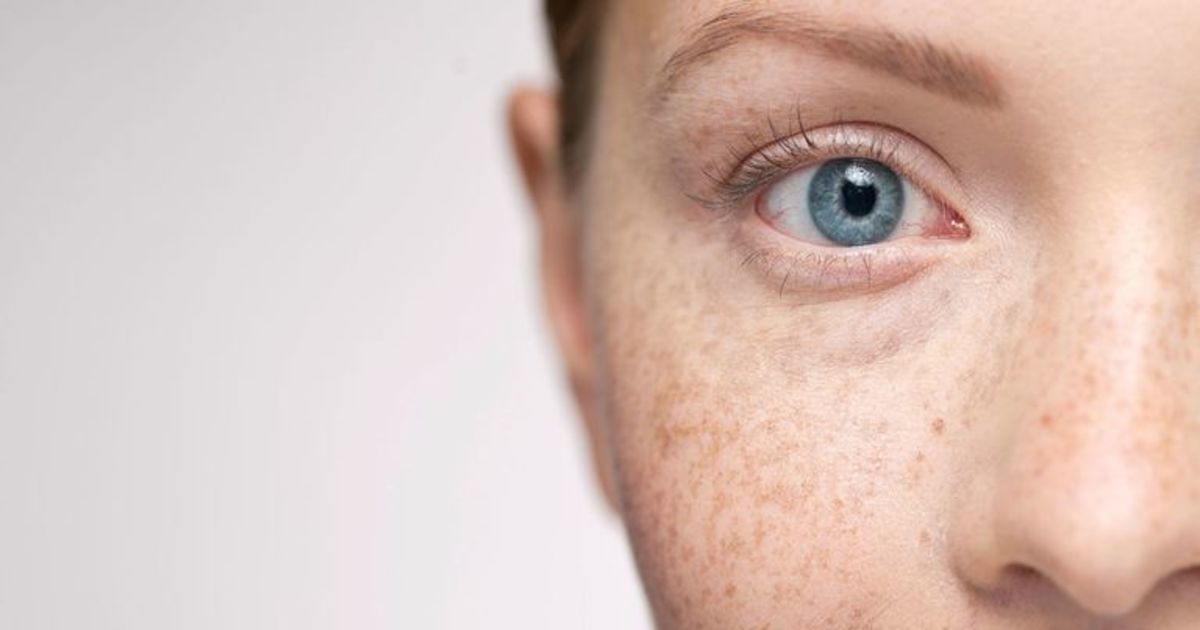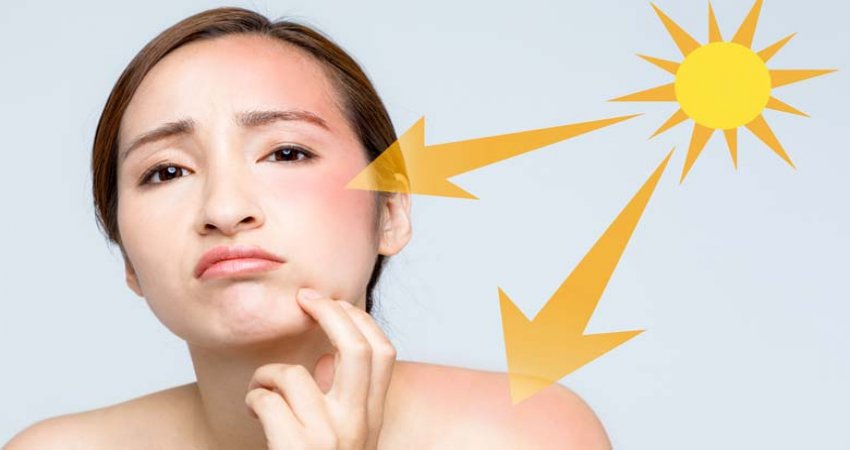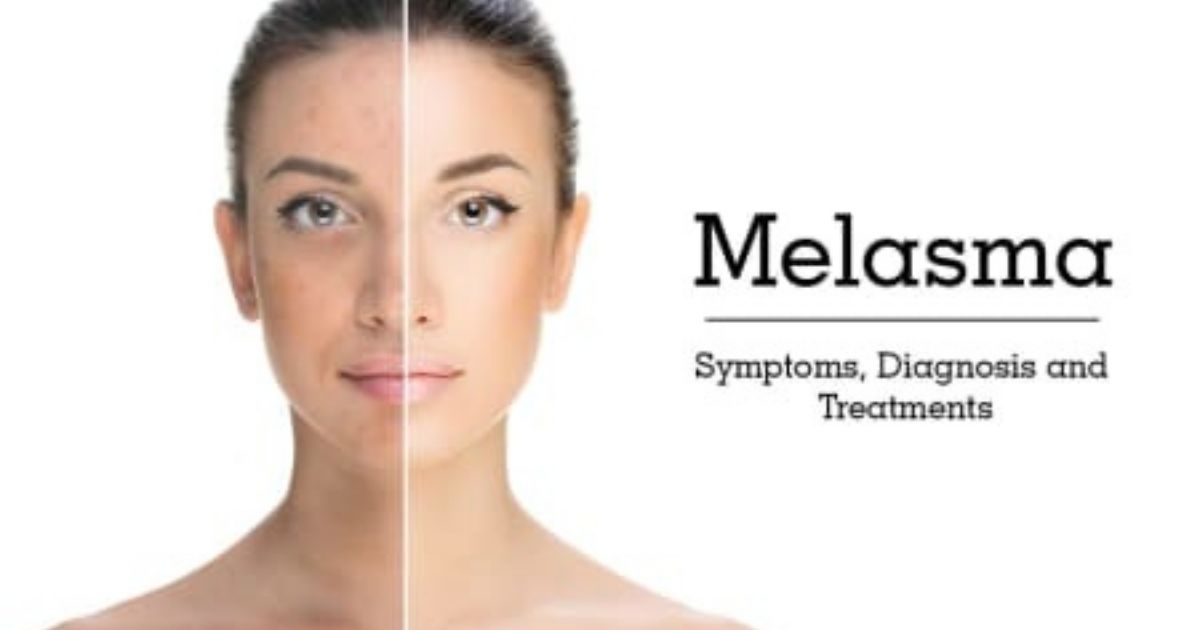Do you have blotchy, brownish discoloration on your skin? Then you may be suffering from a chronic skin condition called Melasma. Commonly occurring on the face, this disorder has a prevalence rate of up to 50% in some locations.
Melasma Defined
Melasma is a condition where there is regular or symmetric hyperpigmentation or darkening of certain areas in the skin. This discoloration occurs due to melanin, a brown pigment that deposits underneath the skin. Due to this pigment, melasma appears on the face (and other areas) as gray to brown patches.
Hyperpigmentation vs. Melasma
Hyperpigmentation is a term that covers all conditions that lead to darkened or discolored skin. Such disorders include eczema-related inflammation and acne scars, to name a few.
Melasma, on the other hand, is a type of hyperpigmentation condition.
Prevalence
According to the International Dermal Institute, melasma affects approximately 5 million Americans. The average age of afflicted individuals usually ranges from 20 to 30 years old.
The condition is more prevalent in women with darker skin. As such, African-American, Latin American, and Asian ethnicities are more commonly affected.
Although females are more likely to suffer from melasma (at a 9:1 accepted ratio), it can occur in males as well. As per the same report, about 70% of Latino men are seen to have the skin disorder as well.
Melasma Patterns
Melasma affects the face in three patterns. The most common is centrofacial, which occurs 50 to 80% of the time. This form of melasma affects the forehead, nose, and upper lip.
Another pattern is malar, which affects the cheeks.
Last is mandibular, where discolorations occur on the chin and the jaw. This pattern is said to be more common in older women. Unfortunately, this often equates to more severe sun damage.
Another pattern, extra-facial, refers to areas discolorations that go beyond the face. They include sun-exposed areas of the skin, such as the neck, chest, forearms, and upper extremities.
What Triggers Melasma?

Several triggers are associated with melasma. They are:
UV Exposure
As mentioned, melasma is often found on sun-exposed skin. That’s because UV rays can trigger the condition – or worsen the symptoms in those who are already afflicted. They can trigger substances and hormones to stimulate melanogenesis or the production of more skin pigment (melanin).
Apart from the sun’s rays, infrared and visible light, as well as heat, may help trigger melasma as well.
Hormones
Melasma can also occur due to hormonal changes in the body. It frequently occurs in 10 to 15% of expectant women, according to a study. Because of this phenomenon, it is popularly known as chloasma or the “mask of pregnancy.”
Apart from pregnancy, the use of oral contraceptive pills (OCP) can lead to melasma symptoms as well. The same study has shown that it can affect about 10 to 25% of pill users.
This hyperpigmentation is attributed to the increased levels of estrogen and
progesterone during pregnancy and pill use. Those with melasma are more sensitive to the effects of estrogen, while high levels of progesterone are said to stimulate skin discoloration.
What’s good about pregnancy-related melasma is that it can disappear a year after pregnancy. OCP-related melasma, however, will remain as long as the medication is used.
Genetics
As with most skin conditions, family history plays a role in the development ofmelasma. According to Godec and Elbuluk, about 55-64% of patients have relatives who suffer from the same condition. Experts believe that genes associated with hormones, pigmentation, and inflammation may contribute to melasma prevalence in families.
Thyroid Disease
Thyroid disorders may contribute to melasma development as well. According to Kheradmand et al., those with melasma had significantly higher levels of the following:
– Thyroid Stimulating Hormone, which is indicative of hypothyroidism (underactive thyroid)
– Anti-Thyroid Peroxidase, which implicates hypothyroidism
– Antithyroglobulin antibody, which manifests in thyroiditis (inflammation) that may lead to hyperthyroidism (overactive thyroid)
Skincare Products
Putting the wrong things on your face can do more harm than good. According to the American Academy of Dermatology, some skincare products can be blamed for melasma episodes.
A study by Prabha et al. has shown that certain ingredients affected the skin of someresearch participants. Those that induced a handful of reactions include:
– Cetrimide
– Gallate Mix (made of Dodecyl gallate, octyl gallate, and propyl gallate)
– Thiomersal
Assessment and Diagnosis
Wood lamp examination is a test that involves exposing the affected areas to black light. This can help determine the extent of hyperpigmentation, as is the case with melasma. A positive result shows clear-bordered lesions under the wood lamp.
Physicians also use the Melasma Area and Severity Index (MASI) to assess the severity of melasma. This scale involves scoring the pigmentations present in the forehead, cheeks, and chin.
As with most skin conditions, melasma can have a profound psychosocial impact on the afflicted individual. As such, dermatologists also make use of the Melasma Quality Of Life Scale (MELASQOL). This 10-point questionnaire shows how melasma affects a person’s emotional and social health.
Prognosis
Melasma has a particularly good prognosis, meaning this disease cannot lead to worse diseases. Although this is the case, it can have a huge effect on psycho-social health. A compilation of studies has shown that it can negatively affect emotional well-being and social interactions in affected persons.
Despite these effects, those with melasma may be deemed safer from malignancies. They are said to have a markedly lower risk of developing melanoma or skin cancer.
Prevention
Since UV exposure is closely linked with melasma, prevention is geared towards minimizing unnecessary sun exposure.
Here are some tips:
– Avoid sun exposure during midday, when UV rays are at their peak.
– Use a broad-spectrum sunscreen (at least SPF 30) that can block both UVA and UVB rays, even during wintertime.
– Apply your sunscreen before going out. Re-apply every after 2 hours.
– Wear sun-protective garments, such as hats, long-sleeved tops, pants, or long skirts.
– Avoid using sun lamps and tanning beds as necessary.
As mentioned, some ingredients trigger skin reactions. As such, most experts recommend avoiding products to prevent the onset or worsening of melasma.
Melasma is a pigmentation disorder that has a negative psychosocial impact on most affected individuals. With a proper diagnosis, prevention, and treatment, melasma can become a thing of the past.

 Add to favorites
Add to favorites 




Be the first to comment